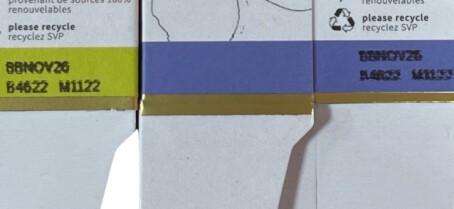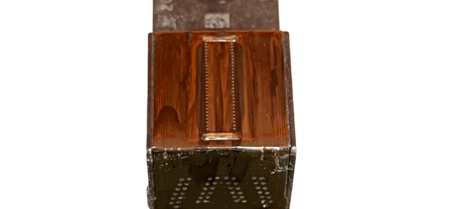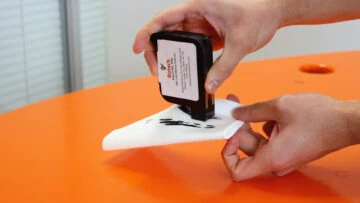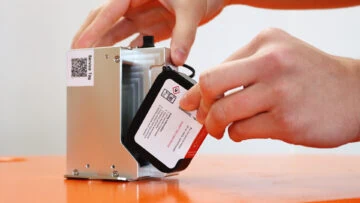One of the major plus points for thermal inkjet (TIJ) is that all the printing components are held within the ink cartridge itself, so when you swap your old cartridge for a new one, you are effectively replacing the printhead, hence why TIJ is a maintenance-free coding technology.
There’s a lot less to go wrong, so when your printer starts producing prints that are incomplete, poor quality or have lines going through them, it’s likely that there’s a problem with the printer settings, the ink cartridge, or it’s positioning in relation to the product it’s printing on to.
Of course, there is a small chance that the cartridge you have is faulty, but it’s much more likely that adjustments need to be made to the printer or that the ink cartridge you’re using is damaged or needs to be cleaned.






